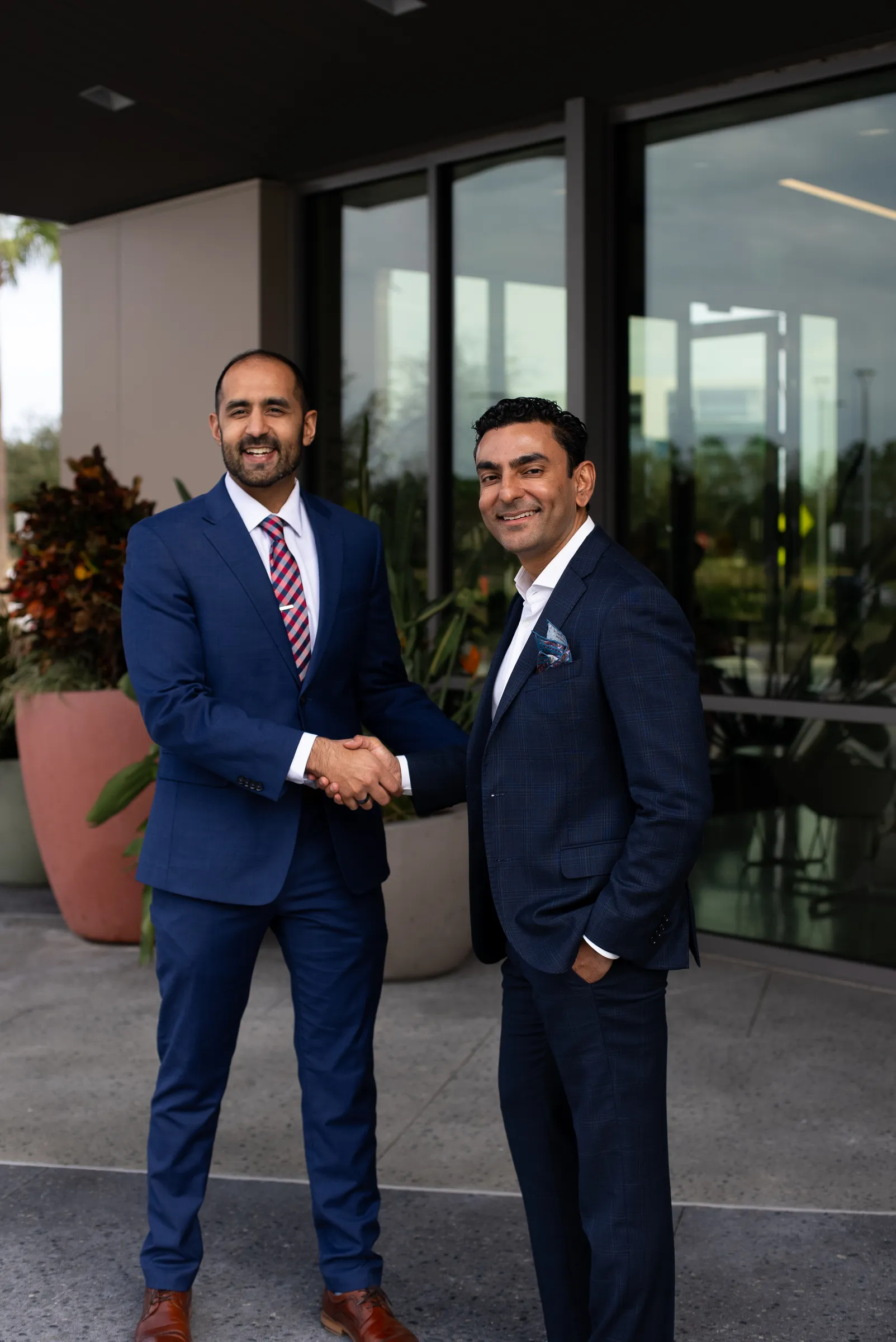
Common Causes of Blurred Vision
There are many different eye conditions that can cause blurred vision. Some of these include:
- Refractive errors
- Cataracts
- Diabetic retinopathy
- Epiretinal membrane
- Keratoconus
- Macular degeneration and macular holes
- Retinal detachment
- Retinal vein occlusion
- Pterygium
- Vitreous hemorrhage
- Eye infection, inflammation or injury
Blurred Vision Treatments
Treatments for blurred vision depend entirely on the specific case. There can be multiple issues causing blurred vision or it can be a minor issue. Refractive errors, such as long sightedness, short sightedness and astigmatism can typically be corrected with glasses or contact lenses. For patients who want to be spectacle free, vision can now be permanently corrected in most people, using LASIK or PRK eye surgery.
Eye Drops and Medication
Blurry vision or irritation can often be often be improved by using certain eye drops, especially in patients suffering from dry eyes. In many cases, a poor tear film quantity or quality can affect one’s vision. In these cases, artificial tears, punctal plugs, or prescription eye drops to increase tear production may be used.
Corrective lenses – Glasses or Contact Lenses
Corrective lenses, including glasses or contact lenses, can be used to treat blurred vision. The lenses helps focus light properly onto the retina. Each patient will be fit with a specific prescription to meet his or her visual goals. Depending on your condition, you can try tricking your brain by using two different contact lenses. One lens can be used for near vision and the other for long distance vision. This is called monovision, or blended vision. Monovision lenses allow the brain to automatically focus the eyes for both distant and near vision.
Monitoring Use of Contact Lenses
Wearing disposable contacts longer than recommended can cause a build-up of protein and other debris on the contact lenses, resulting in blurry vision.
Refractive Surgery
When a patient doesn’t want to wear corrective lenses to see well, refractive surgery may be an option. The most popular corrective surgery available is PRK and LASIK. These are great options for healthy eyes suffering from nearsightedness, farsightedness, or astigmatism.
LASIK (laser-assisted in situ keratomileusis) includes reshaping the cornea so that light traveling through it is properly focused onto the retina located in the back of the eye. PRK (photorefractive keratectomy), is a another type of refractive surgery. Unlike LASIK, PRK does not create a corneal flap, containing both epithelial and the deeper stromal tissue. This allows the entire thickness of the underlying stroma to be treated, which is particularly beneficial to patients whose cornea is too thin for LASIK. PRK and LASIK are both blade-free, laser vision correction options available for patients.
Blurred Vision Secondary To Eye Disease
In patients whose vision is blurry secondary to eye disease, such as cataracts, glaucoma, or retinal disease, treatment of the condition may improve, stabilize, or prevent worsening of the vision. Many of these treatments are surgical and they are dependent on patient history, disease state, and the specific cause of the blurred vision. For this reason, an annual dilated eye examination is important to evaluate one’s eye health.


